Inside the log4j2 vulnerability (CVE-2021-44228)
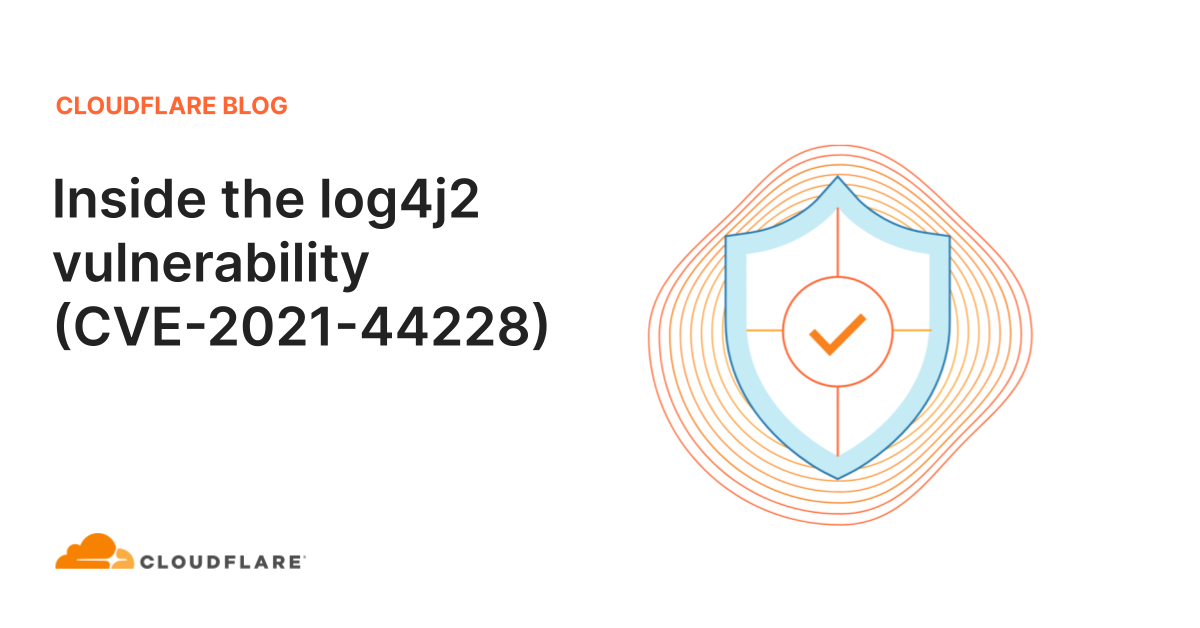
Yesterday, December 9, 2021, a very serious vulnerability in the popular Java-based logging package Log4j was disclosed. This vulnerability allows an attacker to execute code on a remote server; a so-called Remote Code Execution (RCE). Because of the widespread use of Java and log4j this is likely one of the most serious vulnerabilities on the Internet since both Heartbleed and ShellShock.
It is CVE-2021-44228 and affects version 2 of log4j between versions 2.0-beta-9 and 2.14.1. It is not present in version 1 of log4j and is patched in 2.15.0.
In this post we explain the history of this vulnerability, how it was introduced, how Cloudflare is protecting our clients. Details of actual attempted exploitation we are seeing blocked by our firewall service are in a separate blog post.
Cloudflare uses some Java-based software and our teams worked to ensure that our systems were not vulnerable or that this vulnerability was mitigated. In parallel, we rolled out firewall rules to protect our customers.
But, if you work for a company that is using Java-based software that uses log4j you should immediately read the section on how to mitigate and protect your systems before reading the rest.
Continue reading
Introducing Cloudflare Domain Protection — Making Domain Compromise a Thing of the Past
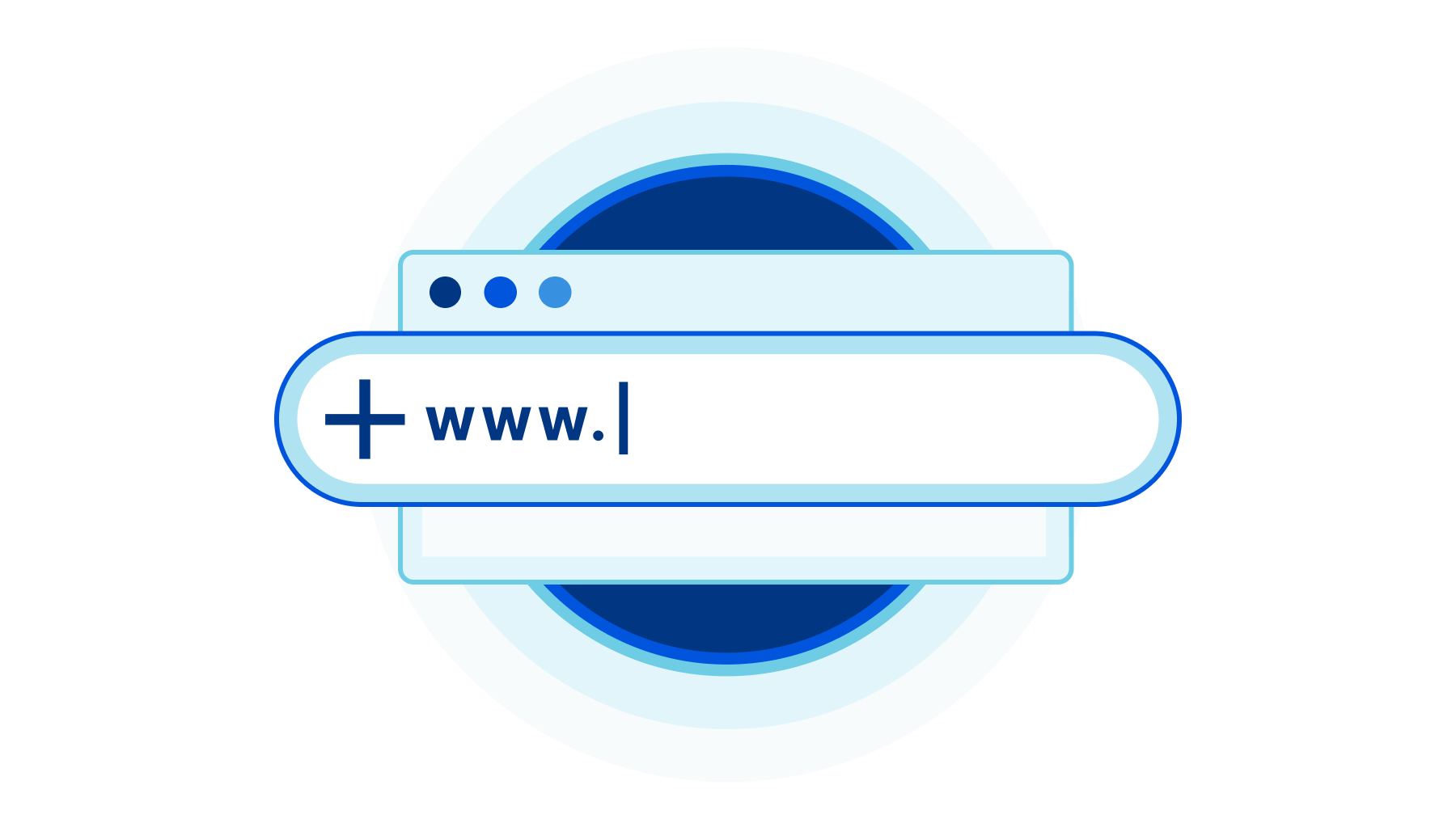
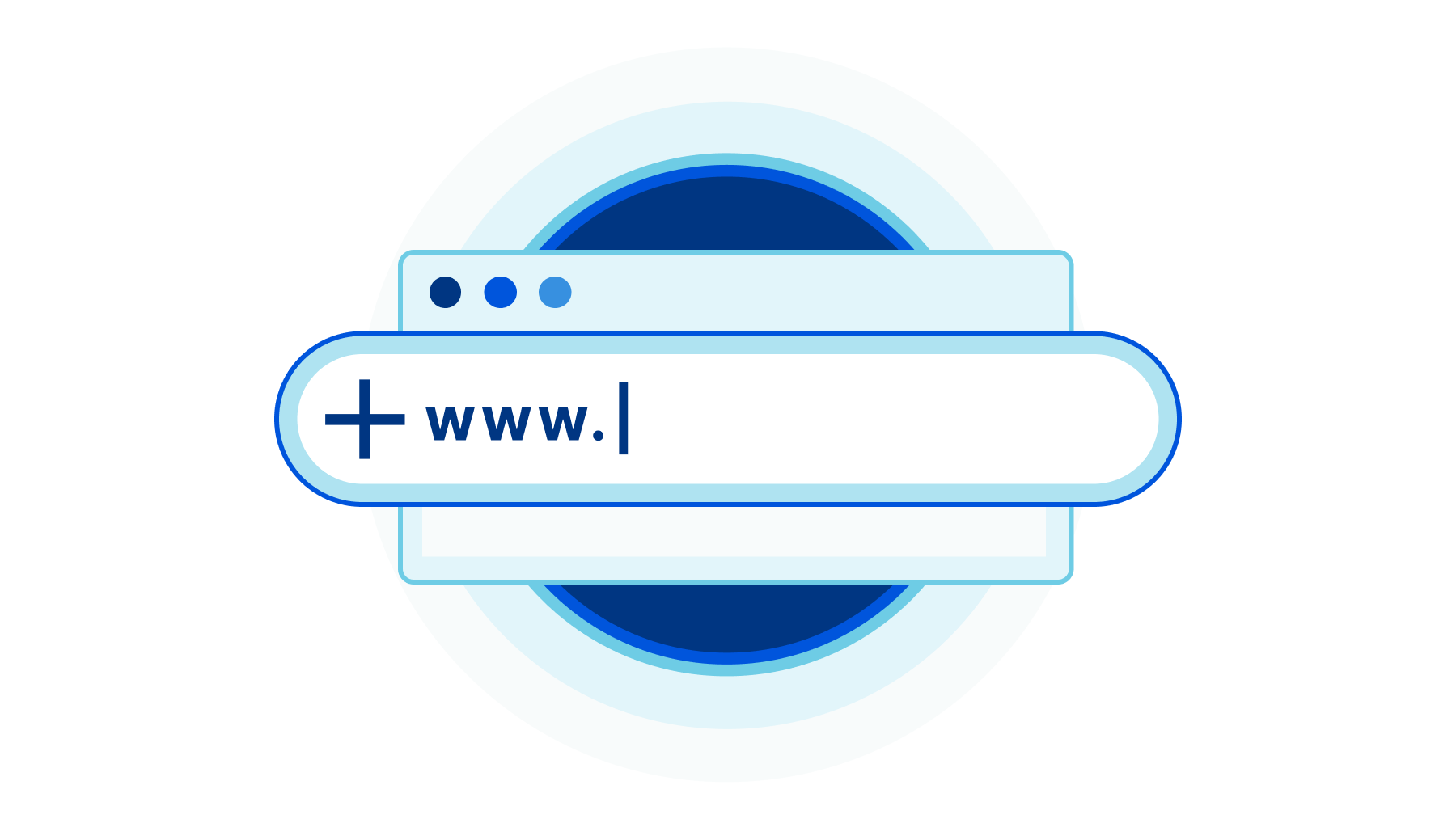
Everything on the web starts with a domain name. It is the foundation on which a company’s online presence is built. If that foundation is compromised, the damage can be immense.
As part of CIO Week, we looked at all the biggest risks that companies continue to face online, and how we could address them. The compromise of a domain name remains one of the greatest. There are many ways in which a domain may be hijacked or otherwise compromised, all the way up to the most serious: losing control of your domain name altogether.
You don’t want it to happen to you. Imagine not just losing your website, but all your company’s email, a myriad of systems tied to your corporate domain, and who knows what else. Having an attacker compromise your corporate domain is the stuff of nightmares for every CIO. And, if you’re a CIO and it’s not something you’re worrying about, know that we literally surveyed every other domain registrar and were so unsatisfied with their security practices we needed to launch our own.
But, now that we have, we want to make domain compromise something that should never, ever happen again. For that reason, we’re Continue reading
CVE-2021-44228 – Log4j RCE 0-day mitigation

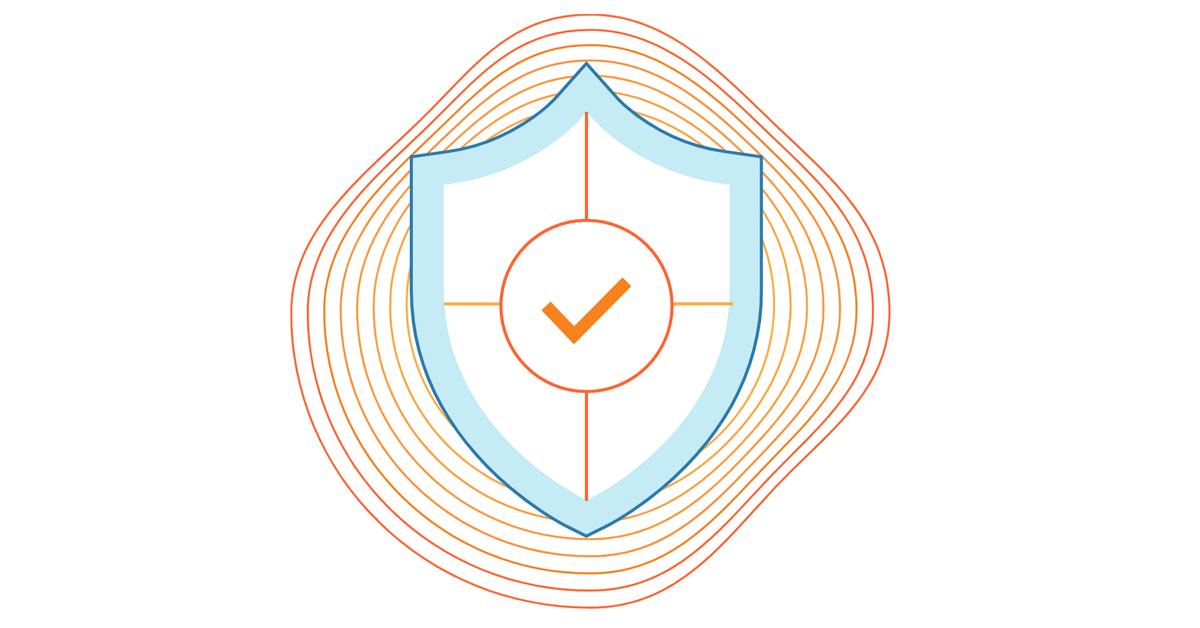
A zero-day exploit affecting the popular Apache Log4j utility (CVE-2021-44228) was made public on December 9, 2021 that results in remote code execution (RCE).
This vulnerability is actively being exploited and anyone using Log4j should update to version 2.15.0 as soon as possible. The latest version can already be found on the Log4j download page.
If updating to the latest version is not possible, customers can also mitigate exploit attempts by setting the system property "log4j2.formatMsgNoLookups" to “true”; or by removing the JndiLookup class from the classpath. Java release 8u121 also protects against this remote code execution vector.
Customers using the Cloudflare WAF can also leverage three newly deployed rules to help mitigate any exploit attempts:
| Rule ID | Description | Default Action |
|---|---|---|
100514 (legacy WAF)6b1cc72dff9746469d4695a474430f12 (new WAF) |
Log4j Headers | BLOCK |
100515 (legacy WAF)0c054d4e4dd5455c9ff8f01efe5abb10 (new WAF) |
Log4j Body | LOG |
100516 (legacy WAF)5f6744fa026a4638bda5b3d7d5e015dd (new WAF) |
Log4j URL | LOG |
The mitigation has been split across three rules inspecting HTTP headers, body and URL respectively.
Due to the risk of false positives, customers should immediately review Firewall Event logs and switch the Log4j Body and URL rules to BLOCK if none are found. Continue reading
Cloudflare announces partnerships with leading cyber insurers and incident response providers
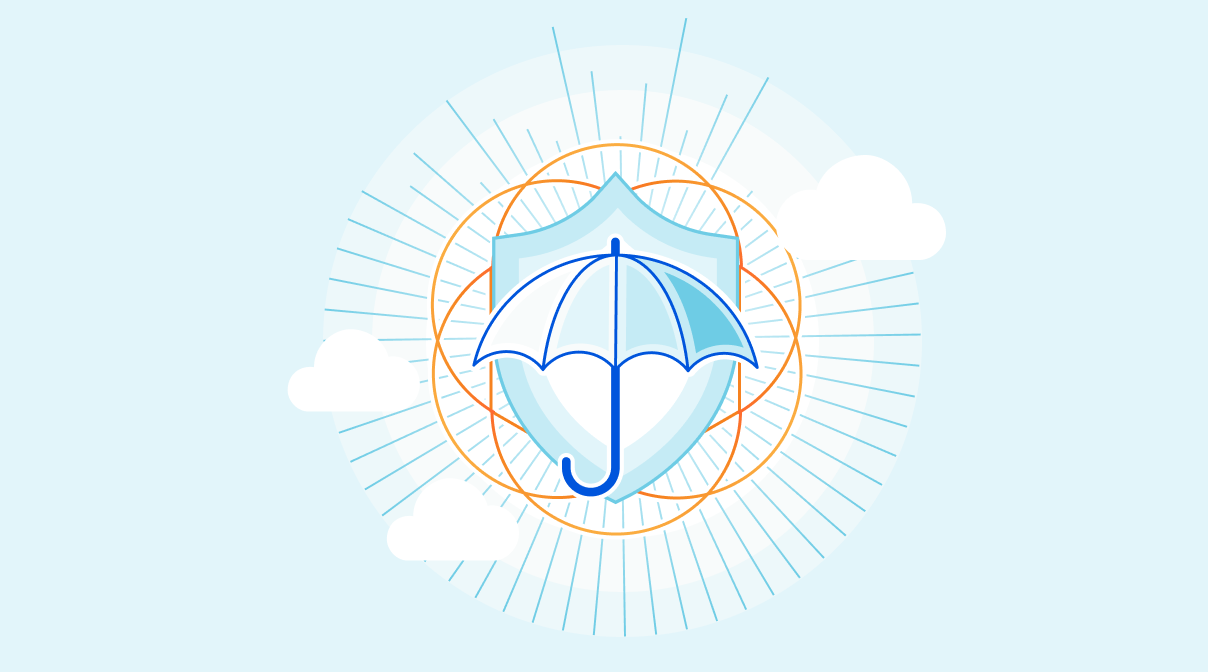
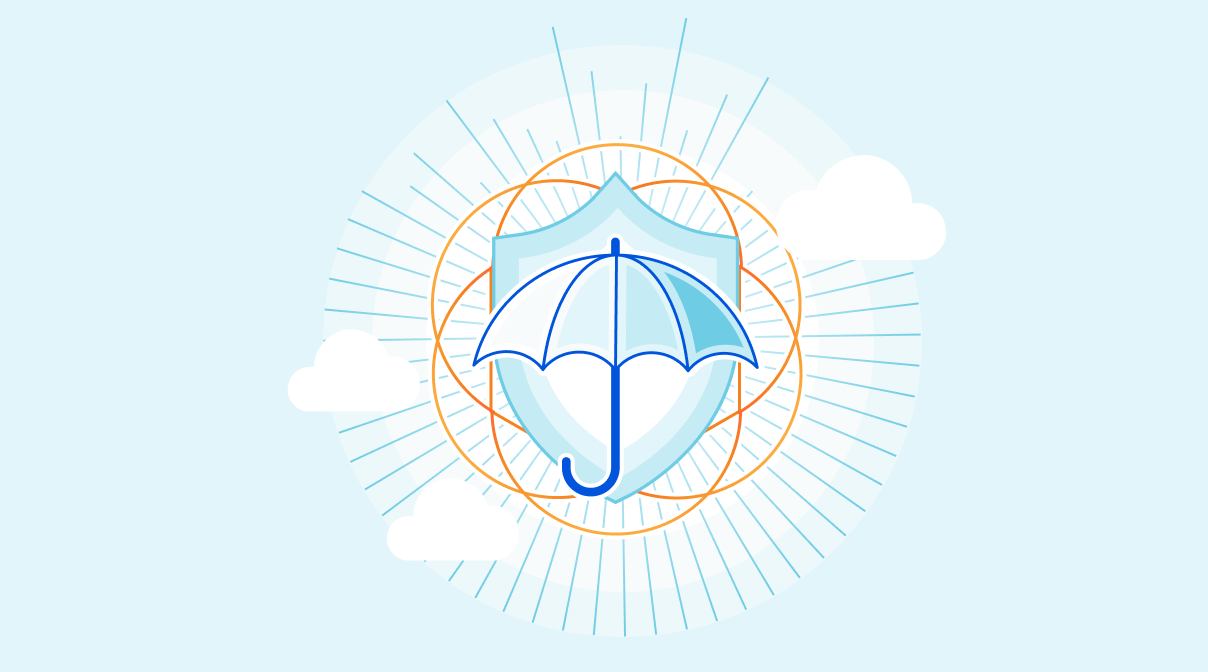
We are excited to announce our cyber risk partnership program with leading cyber insurance carriers and incident response providers to help our customers reduce their cyber risk. Cloudflare customers can qualify for discounts on premiums or enhanced coverage with our partners. Additionally, our incident response partners are partnering with us for mitigating under attack scenarios in an accelerated manner.
What is a business’ cyber risk?
Let's start with security and insurance — e.g., being a homeowner is an adventure and a responsibility. You personalize your home, maintain it, and make it secure against the slightest possibility of intrusion — fence it up, lock the doors, install a state of the art security system, and so on. These measures definitely reduce the probability of an intrusion, but you still buy insurance. Why? To cover for the rare possibility that something might go wrong — human errors, like leaving the garage door open, or unlikely events, like a fire, hurricane etc. And when something does go wrong, you call the experts (aka police) to investigate and respond to the situation.
Running a business that has any sort of online presence is evolving along the same lines. Getting the right Continue reading
Introducing Cloudflare Security Center
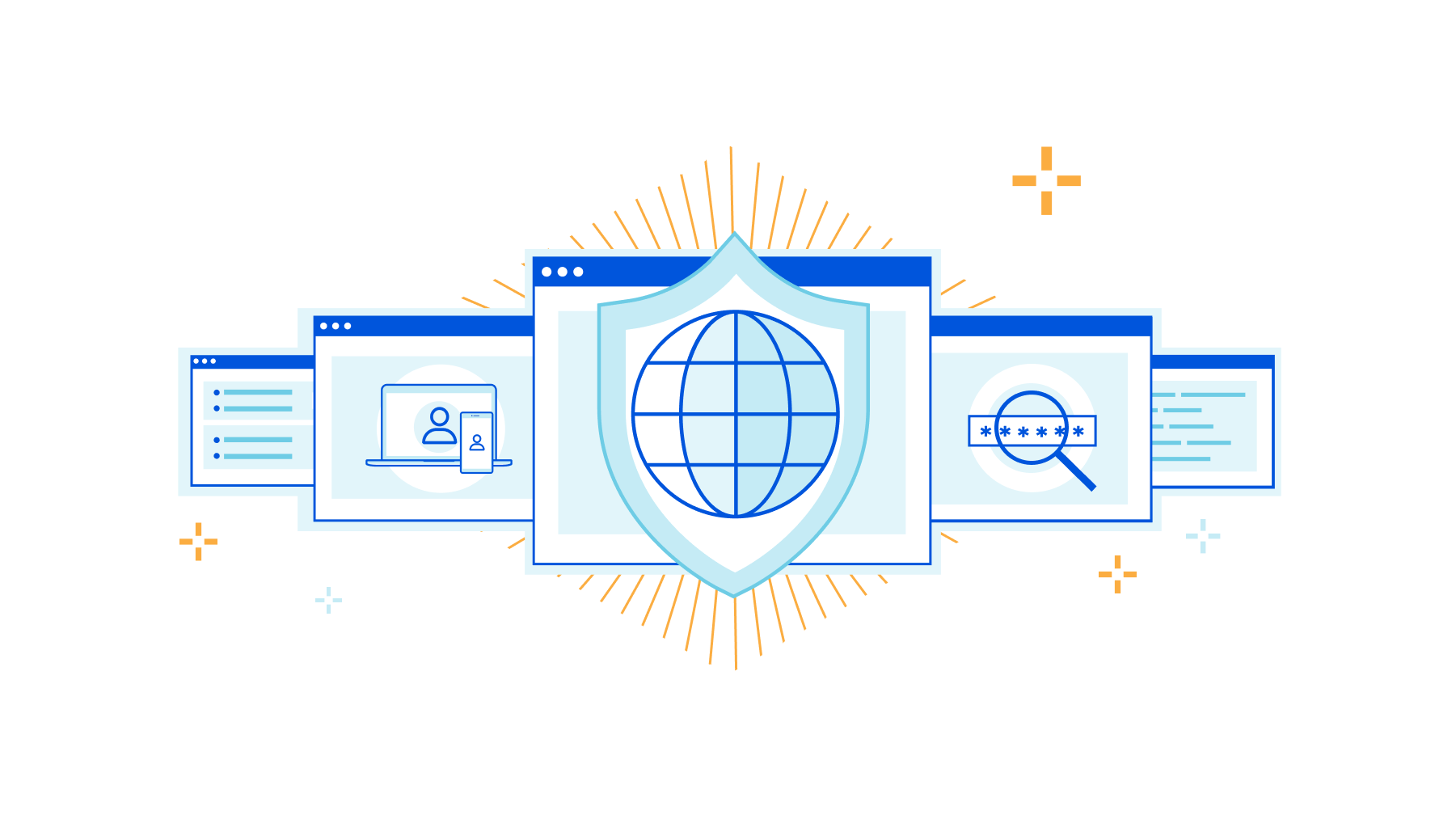
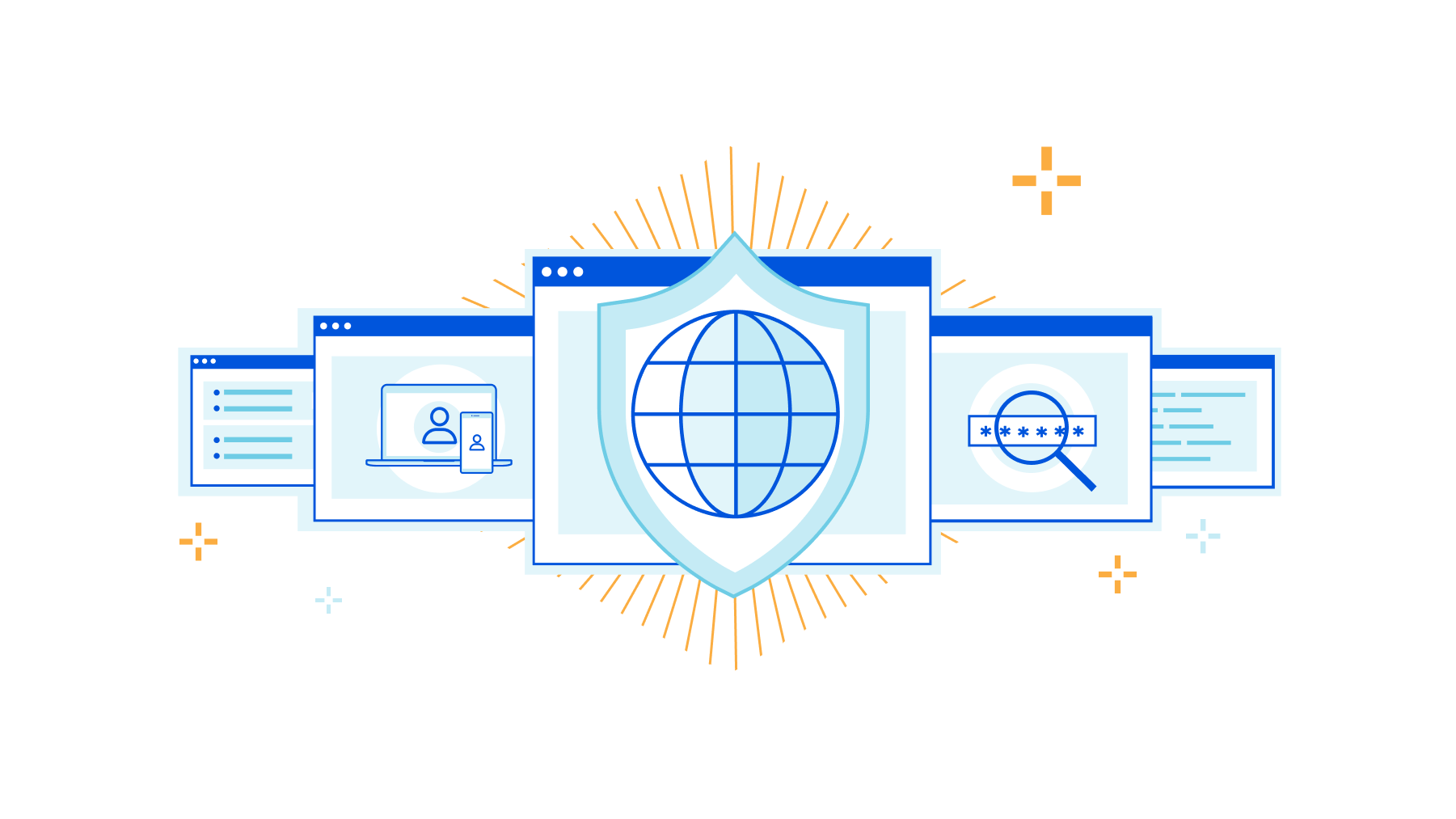
Today we are launching Cloudflare Security Center, which brings together our suite of security products, our security expertise, and unique Internet intelligence as a unified security intelligence solution.
Cloudflare was launched in 2009 to help build a better Internet and make Internet performance and security accessible to everyone. Over the last twelve years, we’ve disrupted the security industry and launched a broad range of products to address our customer’s pain points across Application Security, Network Security, and Enterprise Security.
While there are a plethora of solutions on the market to solve specific pain points, we’ve architected Cloudflare One as a unified platform to holistically address our customers’ most pressing security challenges. As part of this vision, we are extremely excited to launch the public beta of Security Center. Our goal is to help customers understand their attack surface and quickly take action to reduce their risk of an incident.
Starting today, all Cloudflare users can use Security Center (available in your Cloudflare dashboard) to map their attack surface, review potential security risks and threats to their organizations, and mitigate these risks with a few clicks.
The changing corporate attack surface
A year ago, we announced Cloudflare One to address Continue reading
Shadow IT: make it easy for users to follow the rules
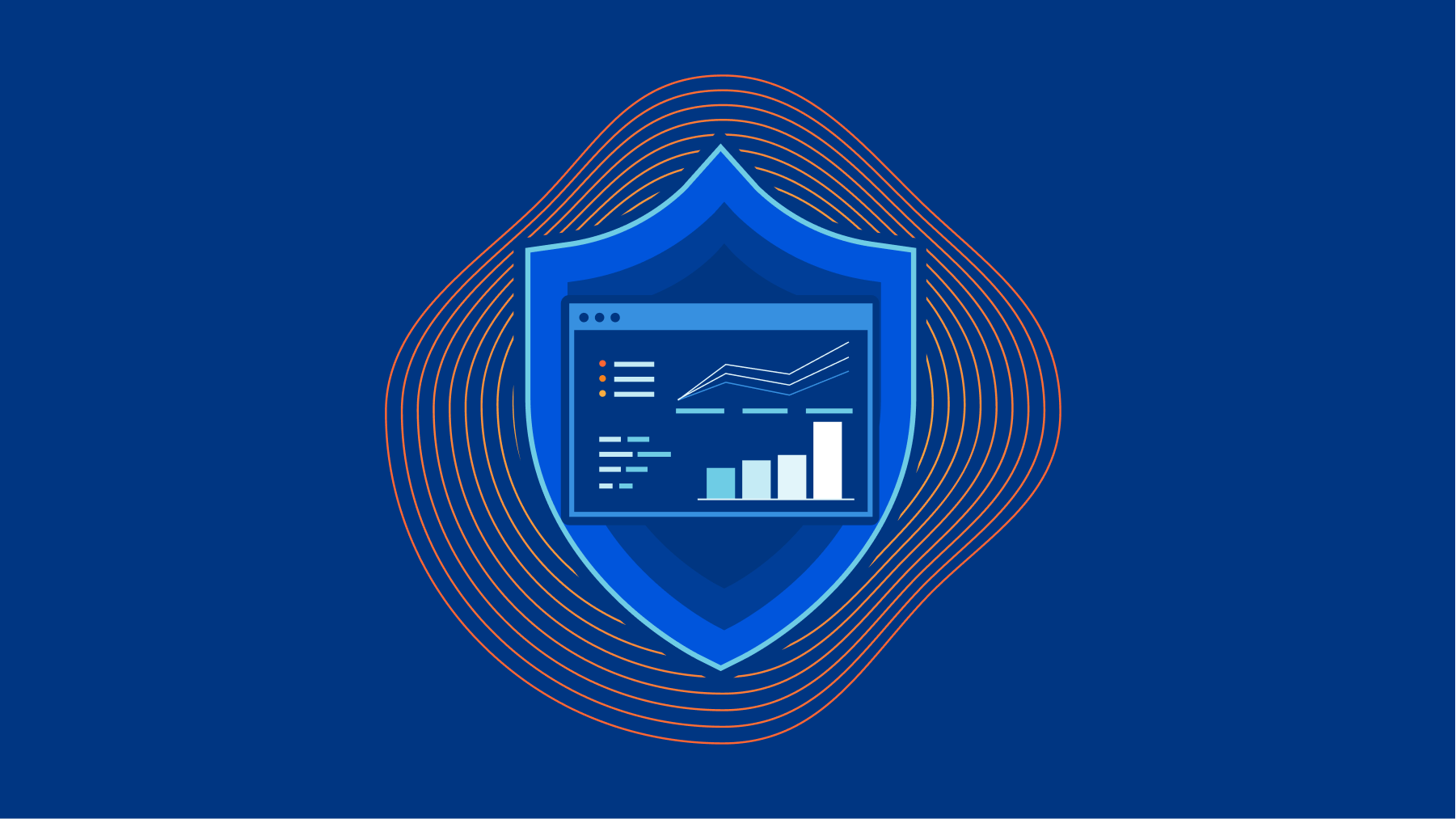
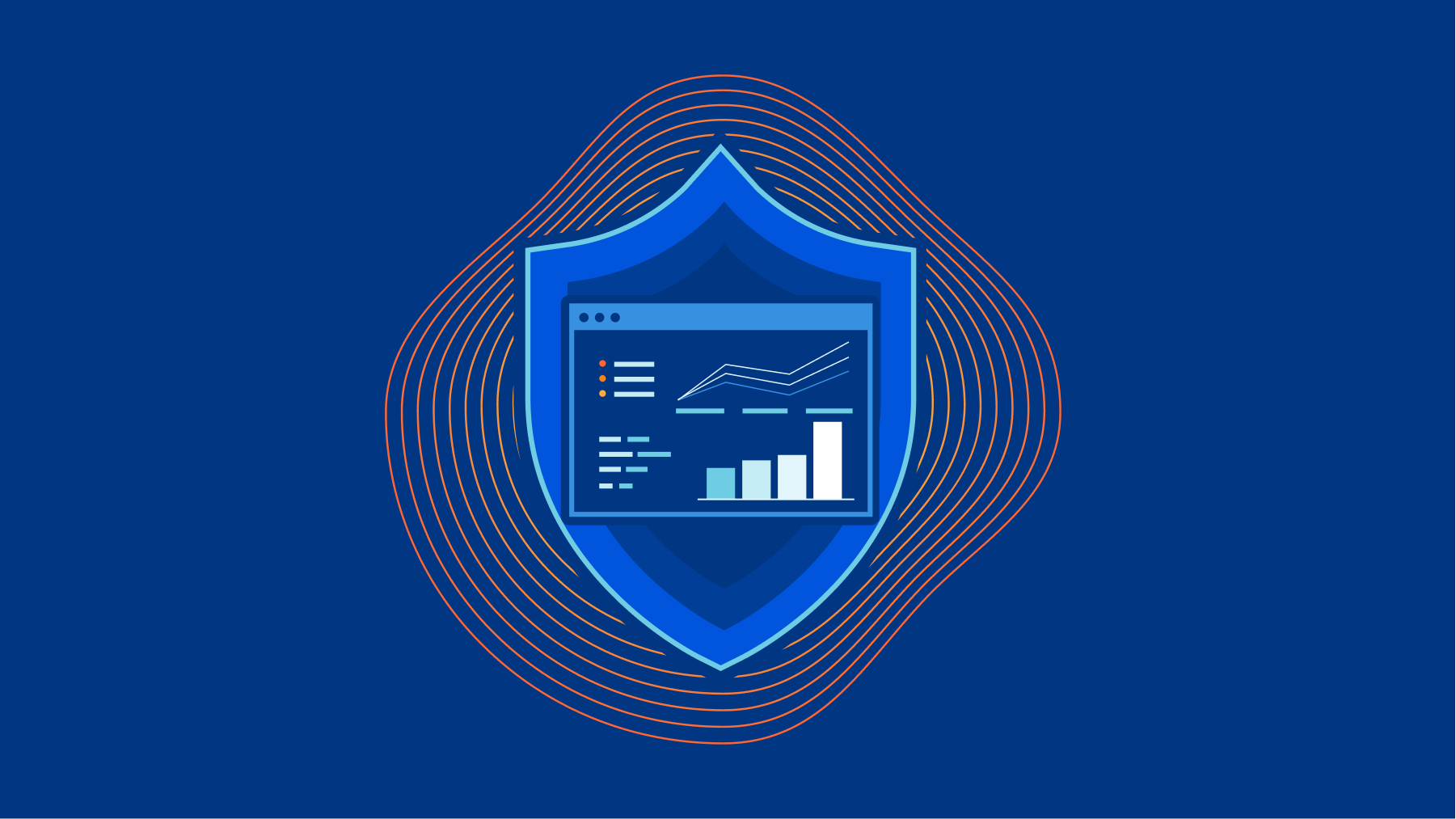
SaaS application usage has exploded over the last decade. According to Gartner, global spending on SaaS in 2021 was $145bn and is forecasted to reach $171bn in 2022. A key benefit of SaaS applications is that they are easy to get started with and either free or low cost. This is great for both users and leaders — it’s easy to try out new tools with no commitment or procurement process. But this convenience also presents a challenge to CIOs and security teams. Many SaaS applications are great for a specific task, but lack required security controls or visibility. It can be easy for employees to start using SaaS applications for their everyday job without IT teams noticing — these “unapproved” applications are popularly referred to as Shadow IT.
CIOs often have no visibility over what applications their SaaS employees are using. Even when they do, they may not have an easy way to block users from using unapproved applications, or on the contrary, to provide easy access to approved ones.
Visibility into application usage
In an office, it was easier for CIOs and their teams to monitor application usage in their organization. Mechanisms existed to inspect outbound DNS Continue reading
Magic Firewall gets Smarter

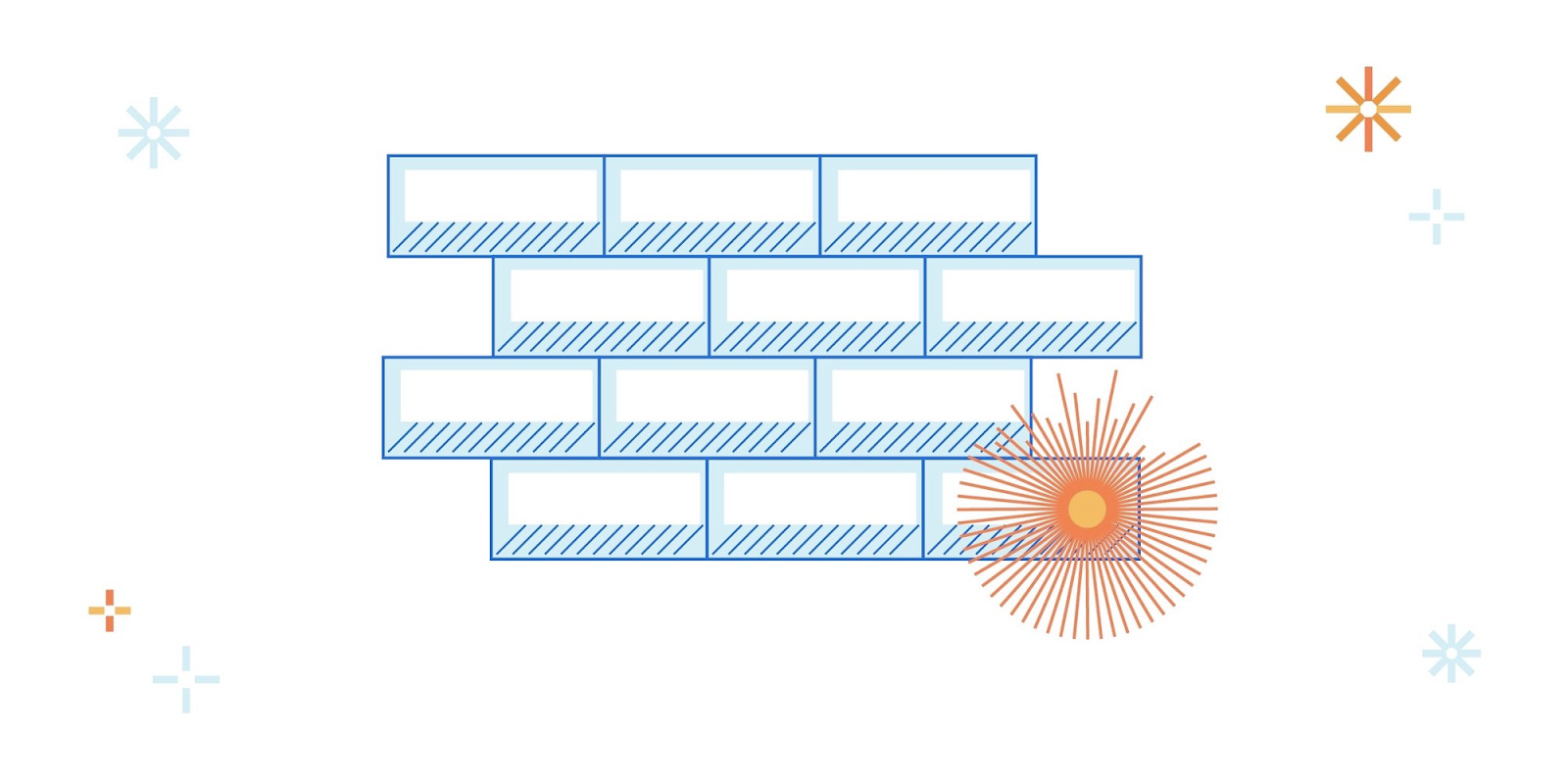
Today, we're very excited to announce a set of updates to Magic Firewall, adding security and visibility features that are key in modern cloud firewalls. To improve security, we’re adding threat intel integration and geo-blocking. For visibility, we’re adding packet captures at the edge, a way to see packets arrive at the edge in near real-time.
Magic Firewall is our network-level firewall which is delivered through Cloudflare to secure your enterprise. Magic Firewall covers your remote users, branch offices, data centers and cloud infrastructure. Best of all, it’s deeply integrated with Cloudflare, giving you a one-stop overview of everything that’s happening on your network.
A brief history of firewalls
We talked a lot about firewalls on Monday, including how our firewall-as-a-service solution is very different from traditional firewalls and helps security teams that want sophisticated inspections at the Application Layer. When we talk about the Application Layer, we’re referring to OSI Layer 7. This means we’re applying security features using semantics of the protocol. The most common example is HTTP, the protocol you’re using to visit this website. We have Gateway and our WAF to protect inbound and outbound HTTP requests, but what about Layer 3 and Layer 4 Continue reading
Journalists: stop selling NFTs that you don’t understand
The reason you don't really understand NFTs is because the journalists describing them to you don't understand them, either. We can see that when they attempt to sell an NFT as part of their stories (e.g. AP and NYTimes). They get important details wrong.
The latest is Reason.com magazine selling an NFT. As libertarians, you'd think at least they'd get the technical details right. But they didn't. Instead of selling an NFT of the artwork, it's just an NFT of a URL. The URL points to OpenSea, which is known to remove artwork from its site (such as in response to DMCA takedown requests).
If you buy that Reason.com NFT, what you'll actually get is a token pointing to:
This is just the metadata, which in turn contains a link to the claimed artwork:
If either OpenSea or Google removes the linked content, then any connection between the NFT and the artwork disappears.
It doesn't have to be this way. The correct way to do NFT artwork is to point to a "hash" instead which uniquely identifies the work regardless of where it's located. That $69 million Beeple piece was Continue reading
Store your Cloudflare logs on R2


We're excited to announce that customers will soon be able to store their Cloudflare logs on Cloudflare R2 storage. Storing your logs on Cloudflare will give CIOs and Security Teams an opportunity to consolidate their infrastructure; creating simplicity, savings and additional security.
Cloudflare protects your applications from malicious traffic, speeds up connections, and keeps bad actors out of your network. The logs we produce from our products help customers answer questions like:
- Why are requests being blocked by the Firewall rules I’ve set up?
- Why are my users seeing disconnects from my applications that use Spectrum?
- Why am I seeing a spike in Cloudflare Gateway requests to a specific application?
Storage on R2 adds to our existing suite of logging products. Storing logs on R2 fills in gaps that our customers have been asking for: a cost-effective solution to store logs for any of our products for any period of time.
Goodbye to old school logging
Let’s rewind to the early 2000s. Most organizations were running their own self-managed infrastructure: network devices, firewalls, servers and all the associated software. Each company has to manage logs coming from hundreds of sources in the IT stack. With dedicated storage needed for retaining Continue reading
Replace your hardware firewalls with Cloudflare One
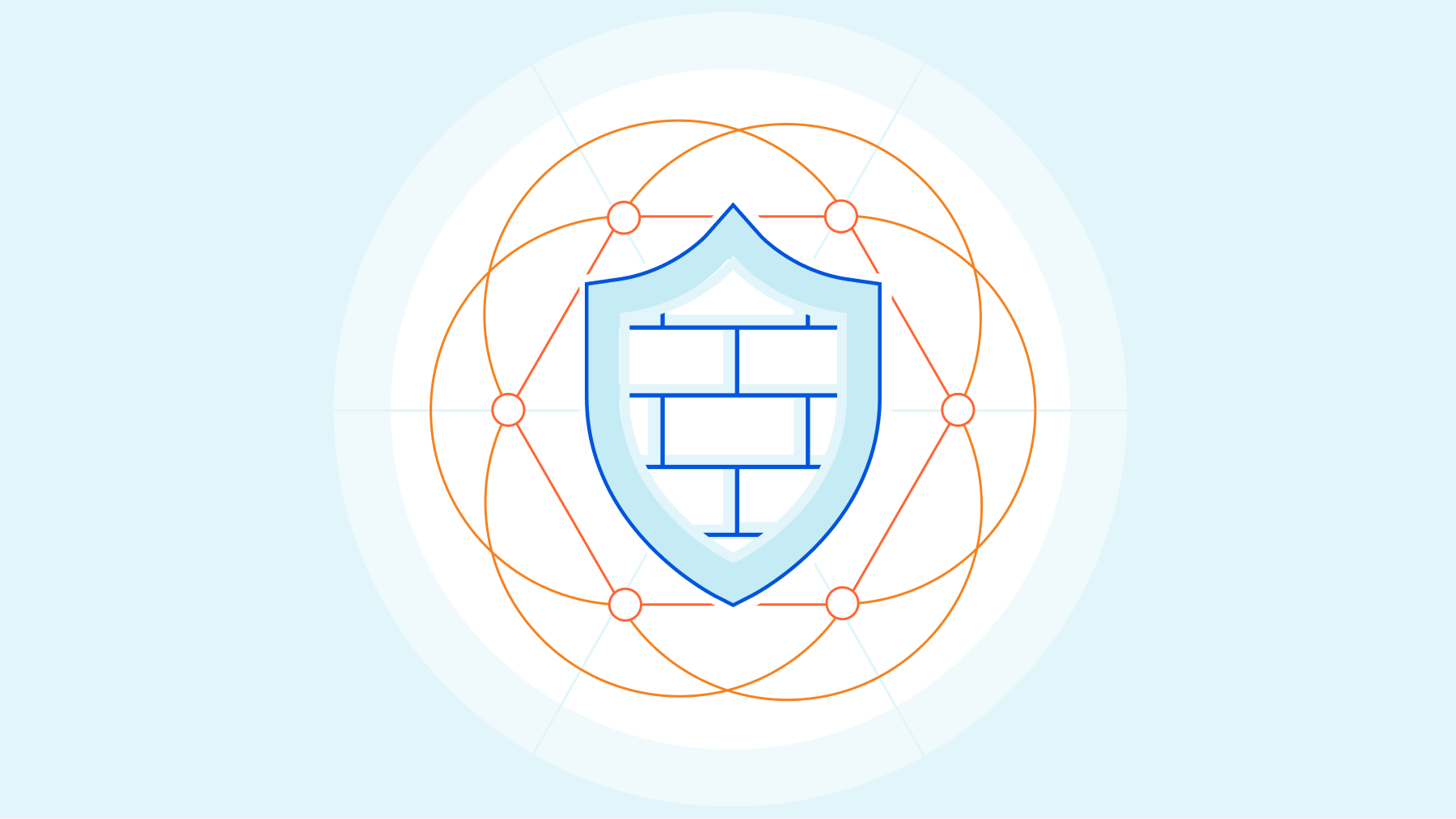
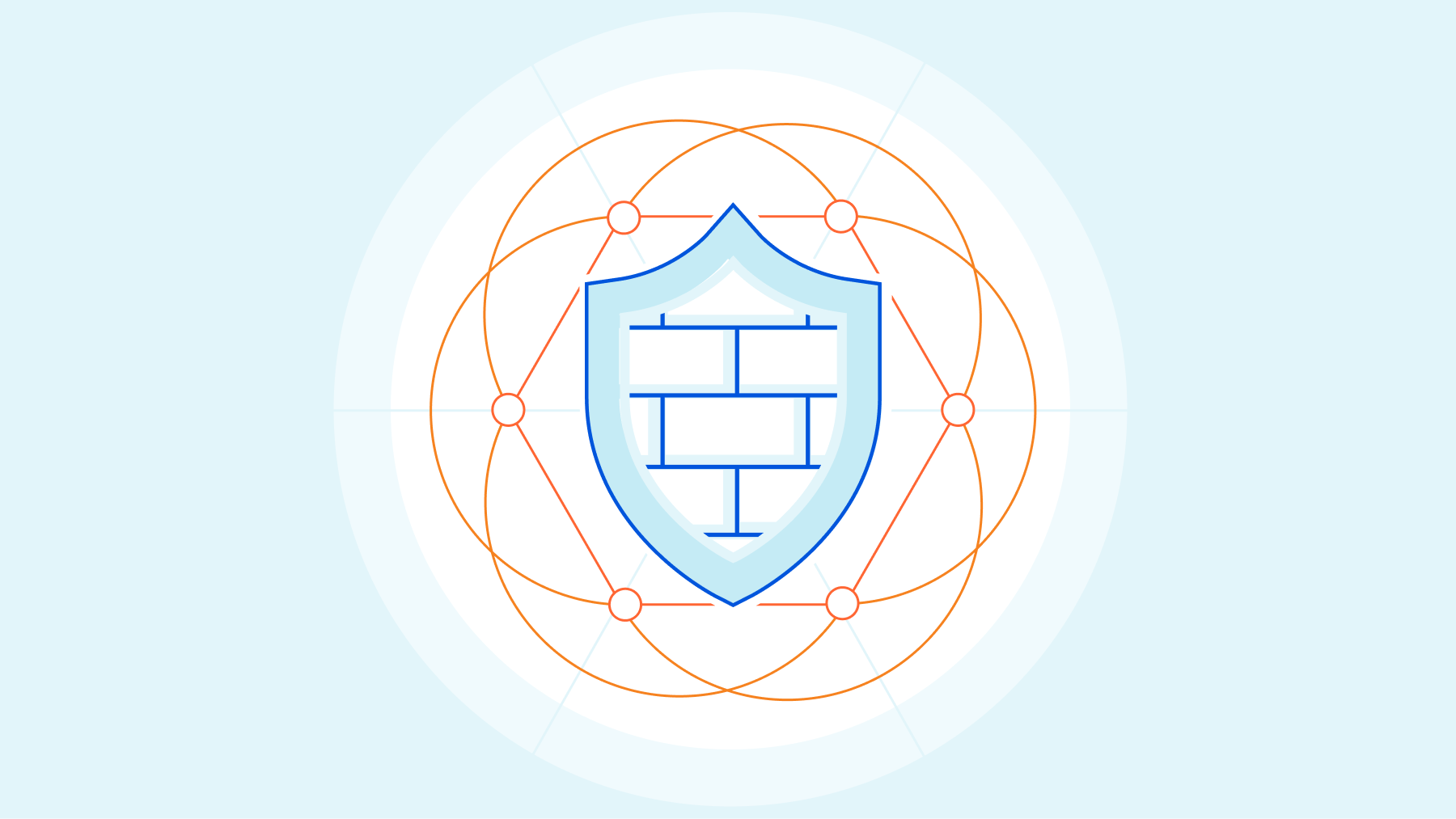
Today, we’re excited to announce new capabilities to help customers make the switch from hardware firewall appliances to a true cloud-native firewall built for next-generation networks. Cloudflare One provides a secure, performant, and Zero Trust-enabled platform for administrators to apply consistent security policies across all of their users and resources. Best of all, it’s built on top of our global network, so you never need to worry about scaling, deploying, or maintaining your edge security hardware.
As part of this announcement, Cloudflare launched the Oahu program today to help customers leave legacy hardware behind; in this post we’ll break down the new capabilities that solve the problems of previous firewall generations and save IT teams time and money.
How did we get here?
In order to understand where we are today, it’ll be helpful to start with a brief history of IP firewalls.
Stateless packet filtering for private networks
The first generation of network firewalls were designed mostly to meet the security requirements of private networks, which started with the castle and moat architecture we defined as Generation 1 in our post yesterday. Firewall administrators could build policies around signals available at layers 3 and 4 of the OSI model Continue reading
How We Used eBPF to Build Programmable Packet Filtering in Magic Firewall
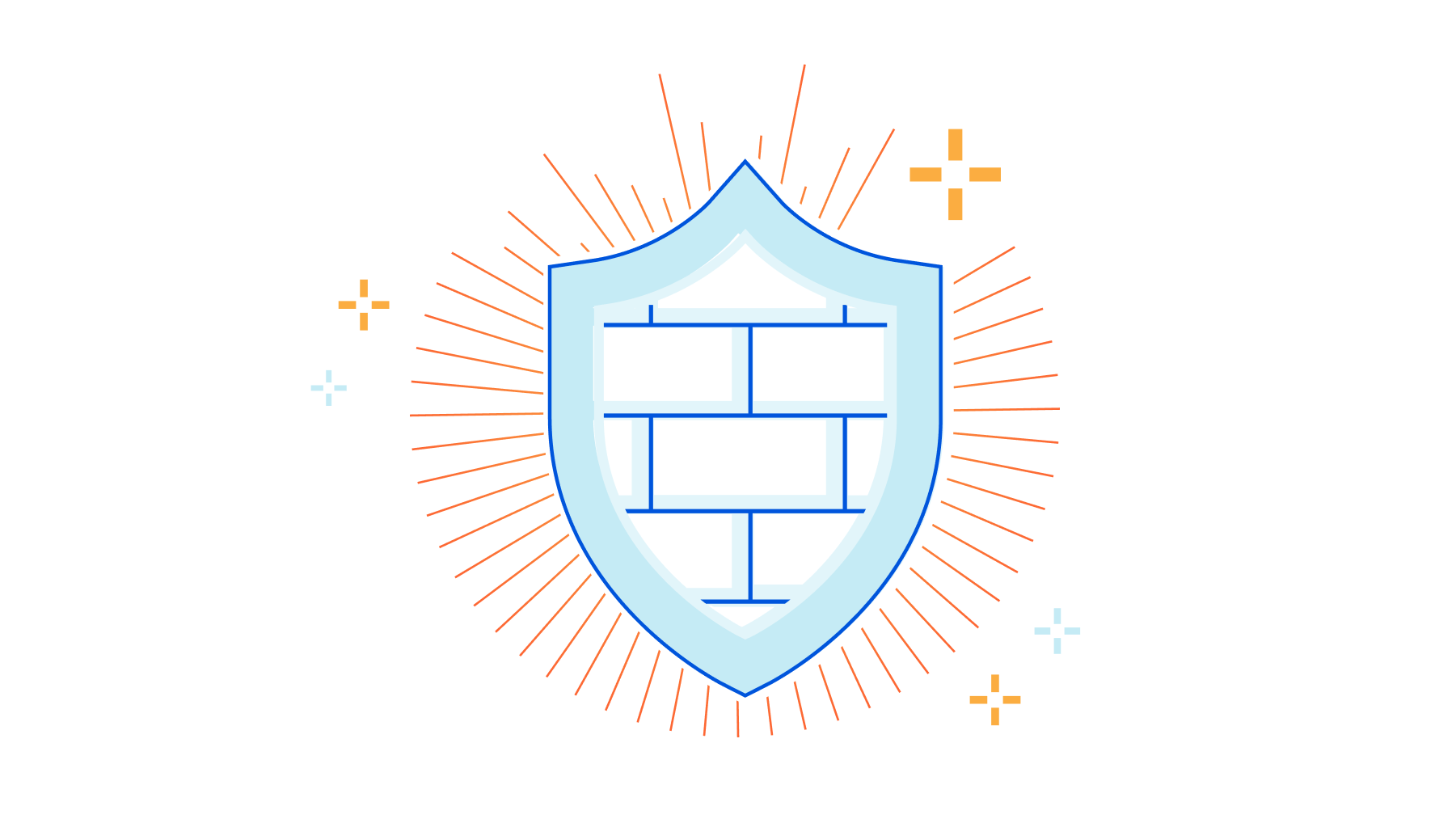
Cloudflare actively protects services from sophisticated attacks day after day. For users of Magic Transit, DDoS protection detects and drops attacks, while Magic Firewall allows custom packet-level rules, enabling customers to deprecate hardware firewall appliances and block malicious traffic at Cloudflare’s network. The types of attacks and sophistication of attacks continue to evolve, as recent DDoS and reflection attacks against VoIP services targeting protocols such as Session Initiation Protocol (SIP) have shown. Fighting these attacks requires pushing the limits of packet filtering beyond what traditional firewalls are capable of. We did this by taking best of class technologies and combining them in new ways to turn Magic Firewall into a blazing fast, fully programmable firewall that can stand up to even the most sophisticated of attacks.
Magical Walls of Fire
Magic Firewall is a distributed stateless packet firewall built on Linux nftables. It runs on every server, in every Cloudflare data center around the world. To provide isolation and flexibility, each customer’s nftables rules are configured within their own Linux network namespace.
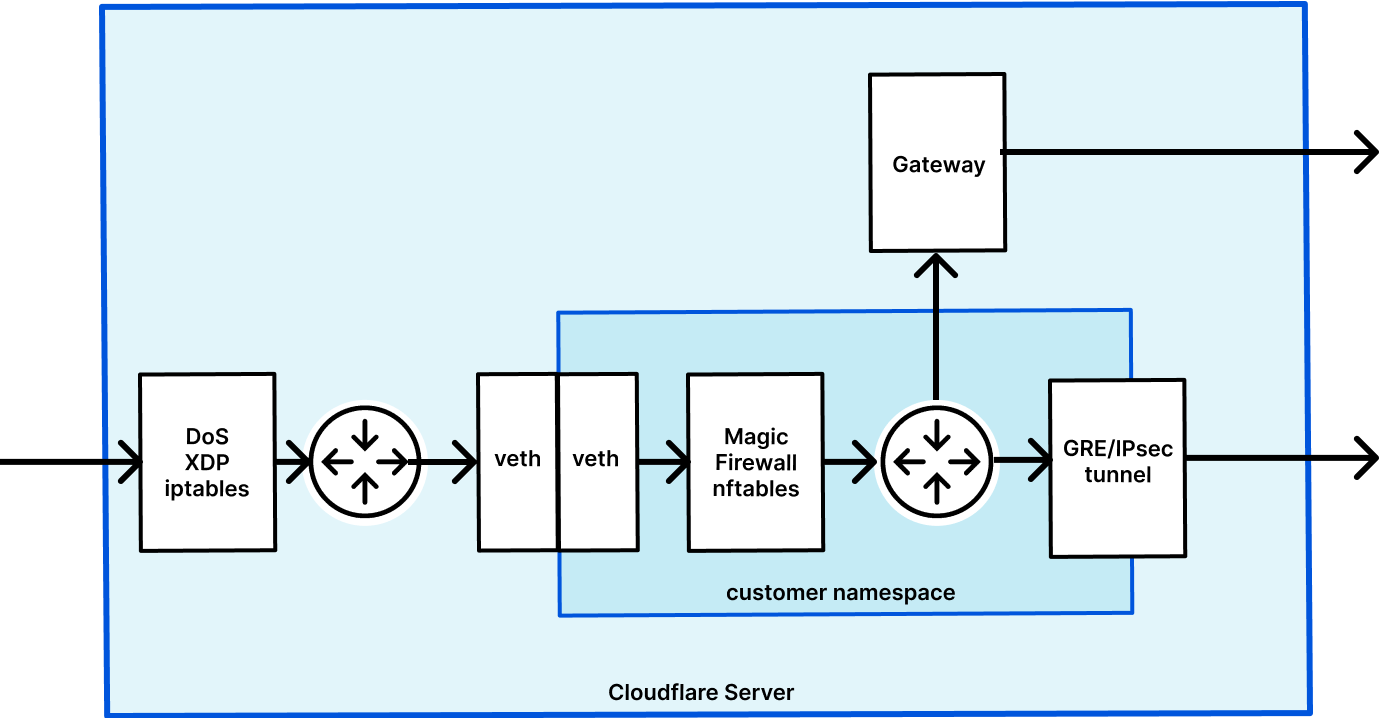
This diagram shows the life of an example packet when using Magic Transit, which has Magic Firewall built in. First, packets go into the server and DDoS Continue reading
PII and Selective Logging controls for Cloudflare’s Zero Trust platform
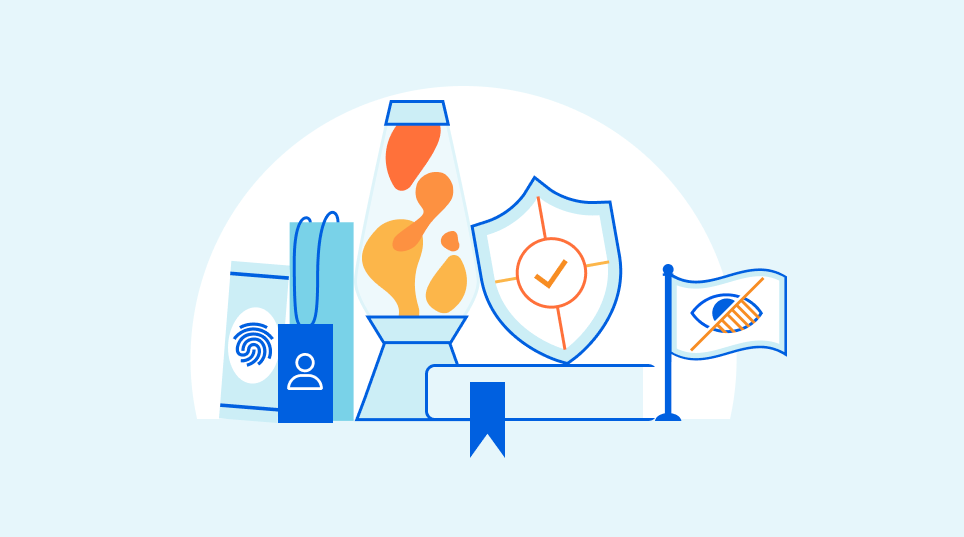
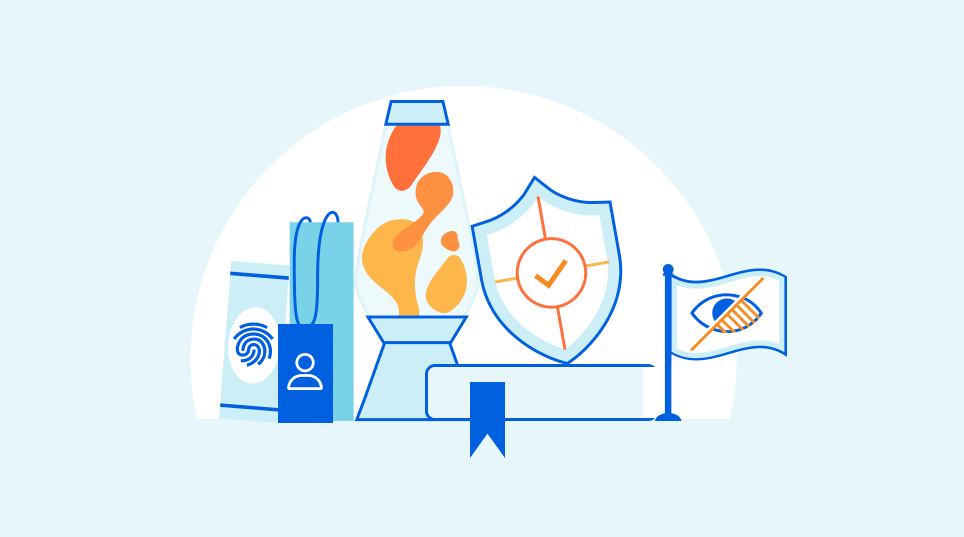
At Cloudflare, we believe that you shouldn’t have to compromise privacy for security. Last year, we launched Cloudflare Gateway — a comprehensive, Secure Web Gateway with built-in Zero Trust browsing controls for your organization. Today, we’re excited to share the latest set of privacy features available to administrators to log and audit events based on your team’s needs.
Protecting your organization
Cloudflare Gateway helps organizations replace legacy firewalls while also implementing Zero Trust controls for their users. Gateway meets you wherever your users are and allows them to connect to the Internet or even your private network running on Cloudflare. This extends your security perimeter without having to purchase or maintain any additional boxes.
Organizations also benefit from improvements to user performance beyond just removing the backhaul of traffic to an office or data center. Cloudflare’s network delivers security filters closer to the user in over 250 cities around the world. Customers start their connection by using the world’s fastest DNS resolver. Once connected, Cloudflare intelligently routes their traffic through our network with layer 4 network and layer 7 HTTP filters.
To get started, administrators deploy Cloudflare’s client (WARP) on user devices, whether those devices are macOS, Windows, iOS, Android, Continue reading
Get notified when your site is under attack


Our core application security features such as the WAF, firewall rules and rate limiting help keep millions of Internet properties safe. They all do so quietly without generating any notifications when attack traffic is blocked, as our focus has always been to stop malicious requests first and foremost.
Today, we are happy to announce a big step in that direction. Business and Enterprise customers can now set up proactive alerts whenever we observe a spike in firewall related events indicating a likely ongoing attack.
Alerts can be configured via email, PagerDuty or webhooks, allowing for flexible integrations across many systems.
You can find and set up the new alert types under the notifications tab in your Cloudflare account.
What Notifications are available?
Two new notification types have been added to the platform.
Security Events Alert
This notification can be set up on Business and Enterprise zones, and will alert on any spike of firewall related events across all products and services. You will receive the alert within two hours of the attack being mitigated.
Advanced Security Events Alert
This notification can be set up on Enterprise zones only. It allows you to filter on the exact security service you are Continue reading
Aviatrix’s Modest New Blocking Feature Hints At Greater Ambitions For Multi-Cloud Security
Aviatrix, which makes multi-cloud networking software for public clouds, has introduced a new security feature that can identify and then block customers’ cloud-based workloads from connecting to a malicious IP address or known-bad host on the Internet. The new capability is called ThreatIQ with ThreatGuard. It’s available to customers that already license the Aviatrix Co-Pilot […]
The post Aviatrix’s Modest New Blocking Feature Hints At Greater Ambitions For Multi-Cloud Security appeared first on Packet Pushers.
SD-WAN At Home? The Obstacles And Issues
As remote work becomes the norm, SD-WAN might seem like a good fit to support remote employees, but current offerings all have their drawbacks.
The post SD-WAN At Home? The Obstacles And Issues appeared first on Packet Pushers.
Learn the 4 Security Requirements for Modern Apps
Flying cars will be available by 2024 — or so they say. Imagine cars being able to run their errands faster, be safer off the ground, and allow for higher-level observability. In the cybersecurity world, we have our own version of a flying car: modern applications. Modern apps are extremely multi-faceted: housing microservices/APIs, they are SLO/SLI driven, and native to the multi-cloud. The innovative and futuristic feel of modern apps is exciting, but the transition to them doesn’t come without complications. Despite modern app complexities, there are standard security best practices you can use to meet your challenges and continue to move your enterprise forward.
The four major security requirements are:
- Multi-Cloud Secure Connectivity
- Traffic Management and Perimeter Security
- Security Observability
- Distributed Security and Compliance
Come along for the ride as we break these down.
Multi-Cloud Secure Connectivity
A multi-cloud environment is becoming the standard within enterprises today. But just because something is standard doesn’t mean there’s a universal understanding of it. Multi-cloud networks involve the use of multiple cloud computing, storage, and traffic services in a single-space architecture. The multi-cloud aims to provide fast distribution of cloud assets, apps, software, end-to-end encryption, and much more. Adopting this strategy effectively means no room for error. As the multi-cloud is built to speed up an enterprise’s digital transformation, it requires a fast, secure, and reliable foundation to provide a strong end-user experience. If connectivity lags, your organization will Continue reading
RFC 9098: Operational Implications of IPv6 Extension Headers
It took more than seven years to publish an obvious fact as an RFC: IPv6 extension headers are a bad idea (RFC 9098 has a much more polite title or it would never get published).
RFC 9098: Operational Implications of IPv6 Extension Headers
It took more than seven years to publish an obvious fact as an RFC: IPv6 extension headers are a bad idea (RFC 9098 has a much more polite title or it would never get published).
Building a Separate Infrastructure for Guest Access
One of my readers sent me an age-old question:
I have my current guest network built on top of my production network. The separation between guest- and corporate network is done using a VLAN – once you connect to the wireless guest network, you’re in guest VLAN that forwards your packets to a guest router and off toward the Internet.
Our security team claims that this design is not secure enough. They claim a user would be able to attach somehow to the switch and jump between VLANs, suggesting that it would be better to run guest access over a separate physical network.
Decades ago, VLAN implementations were buggy, and it was possible (using a carefully crafted stack of VLAN tags) to insert packets from one VLAN to another (see also: VLAN hopping).